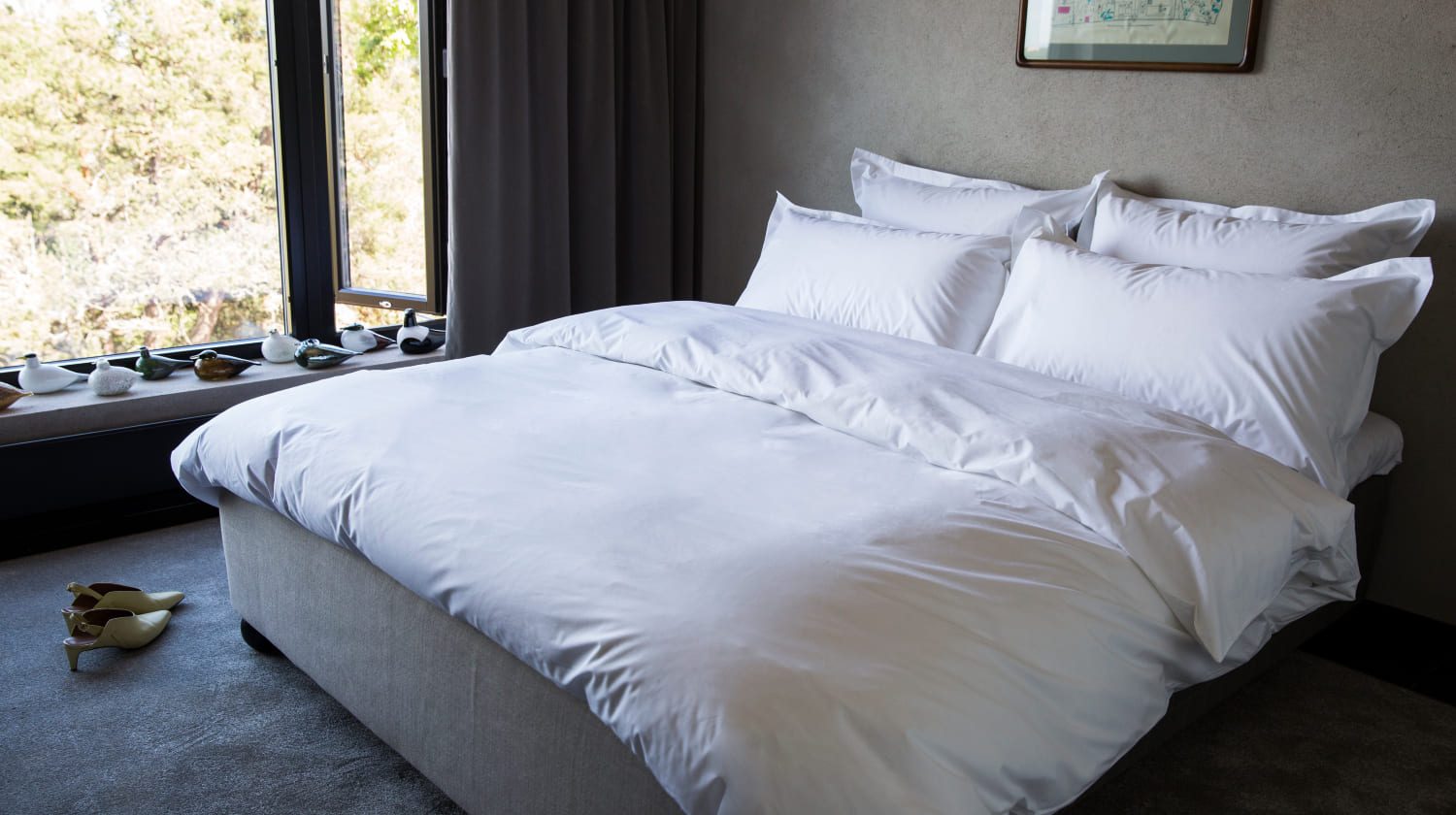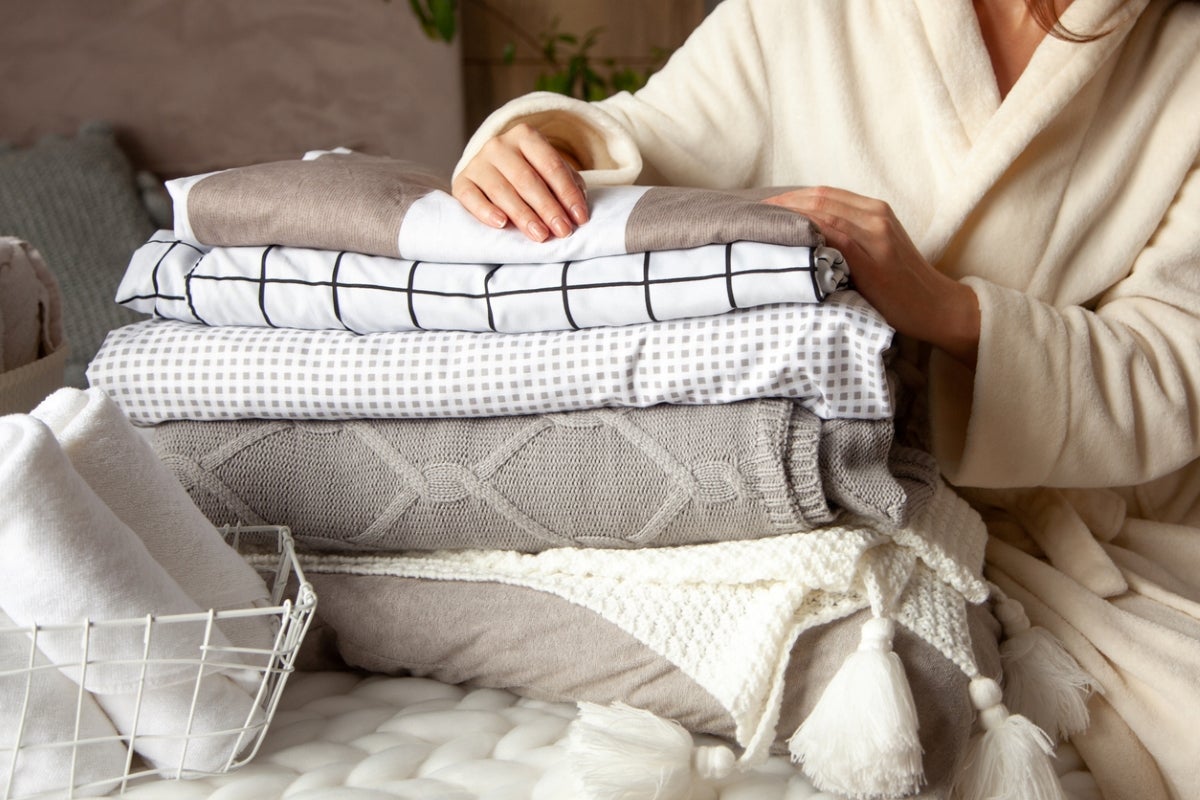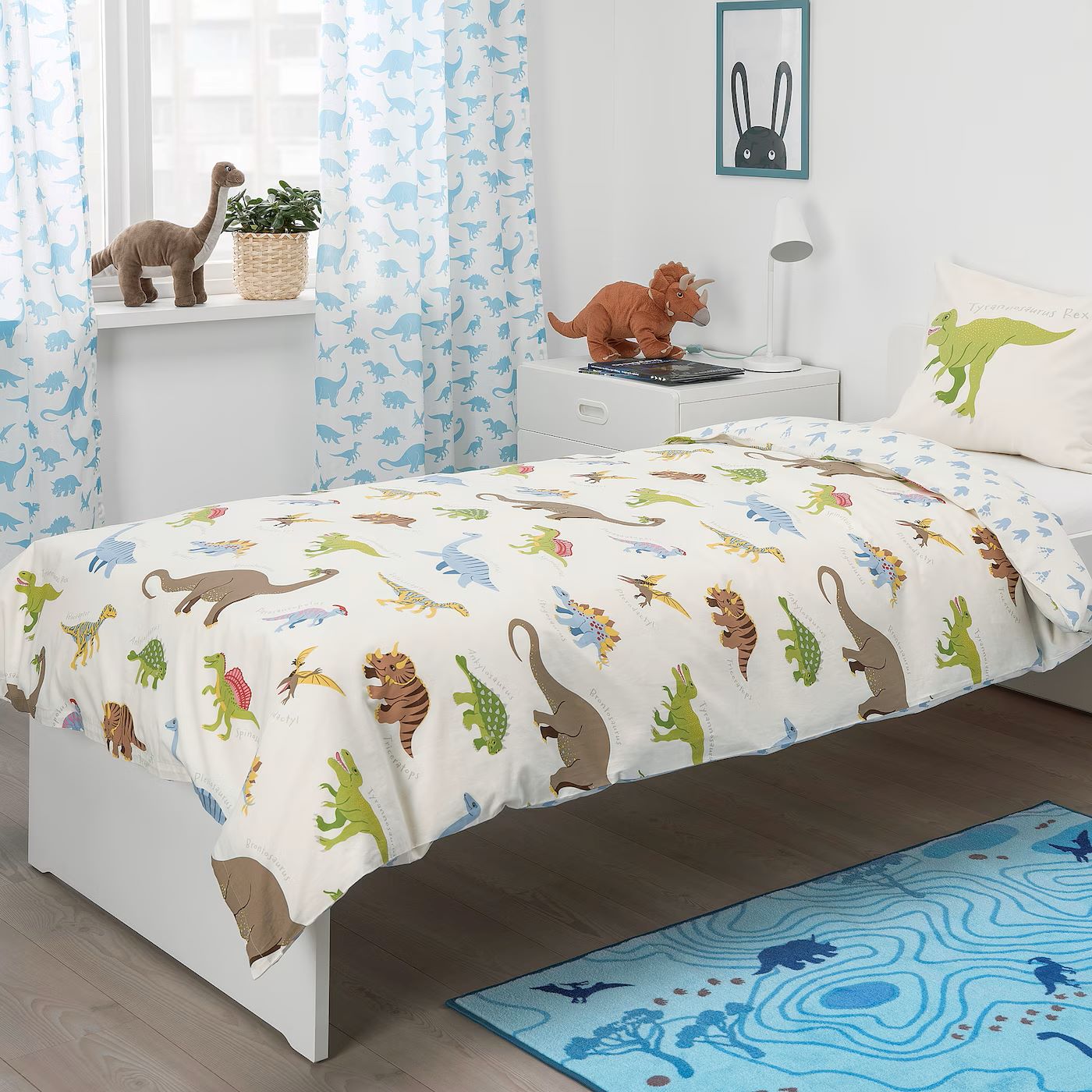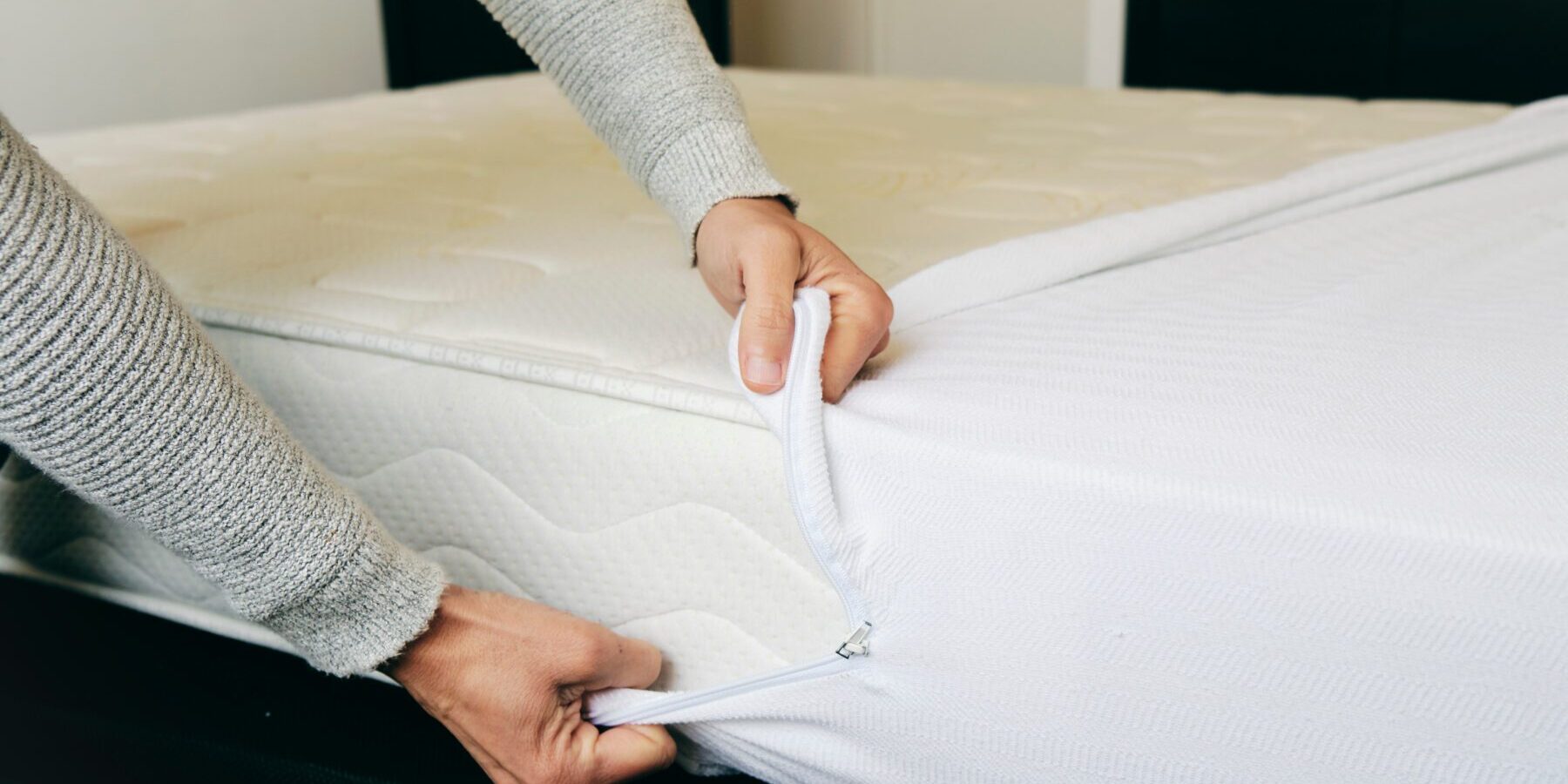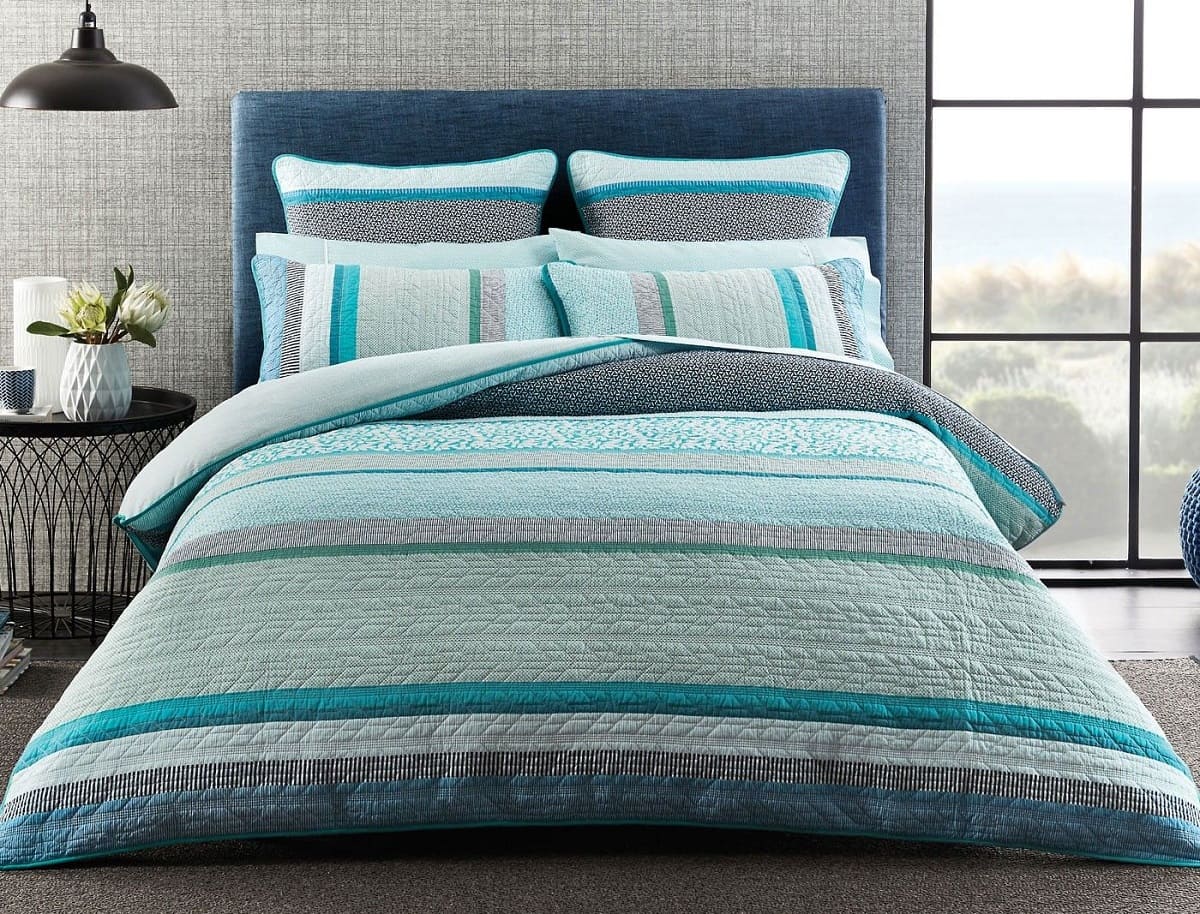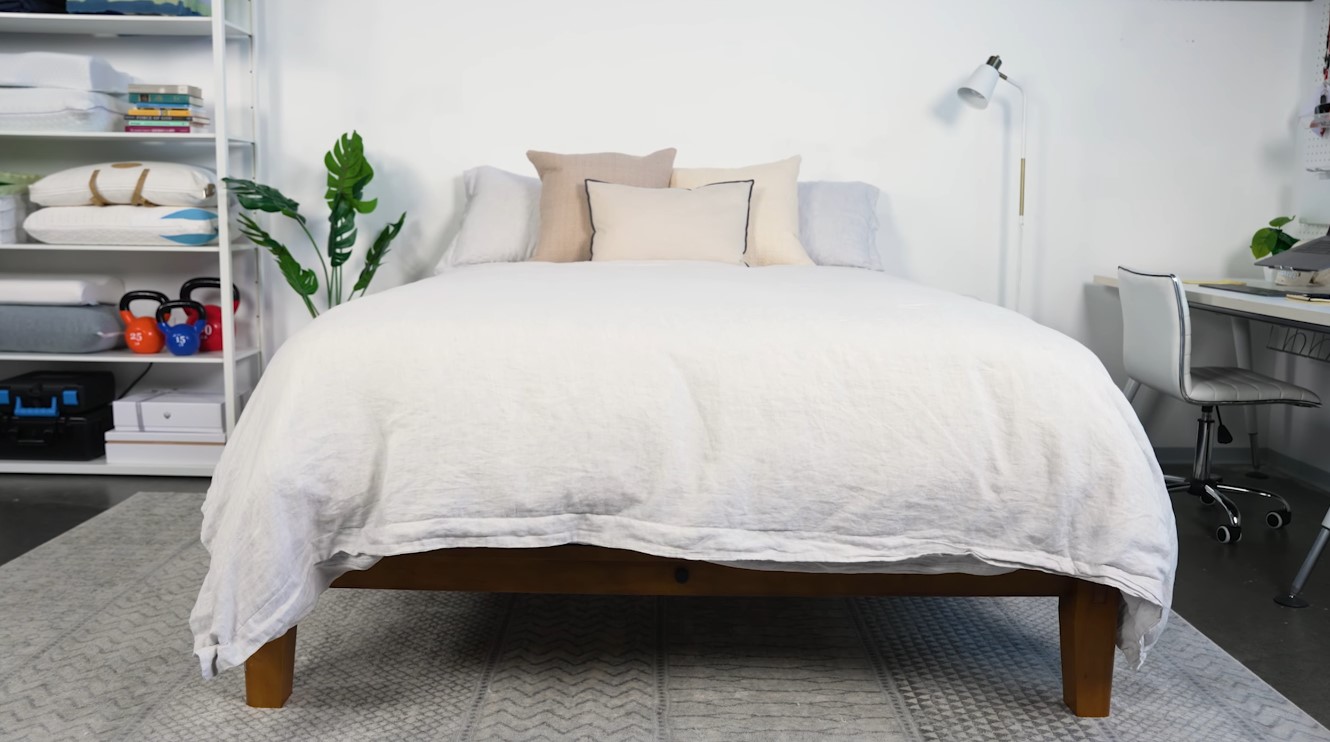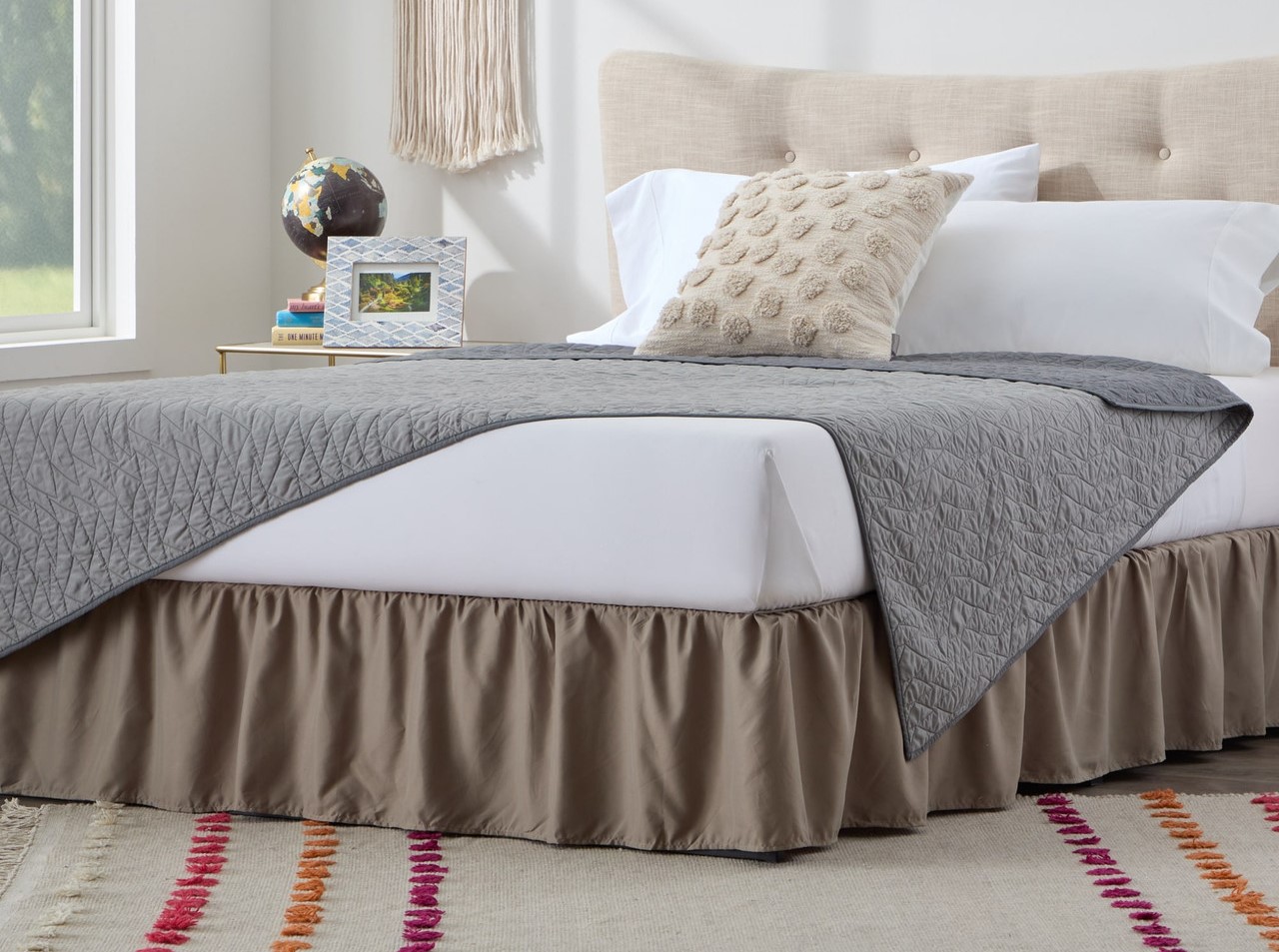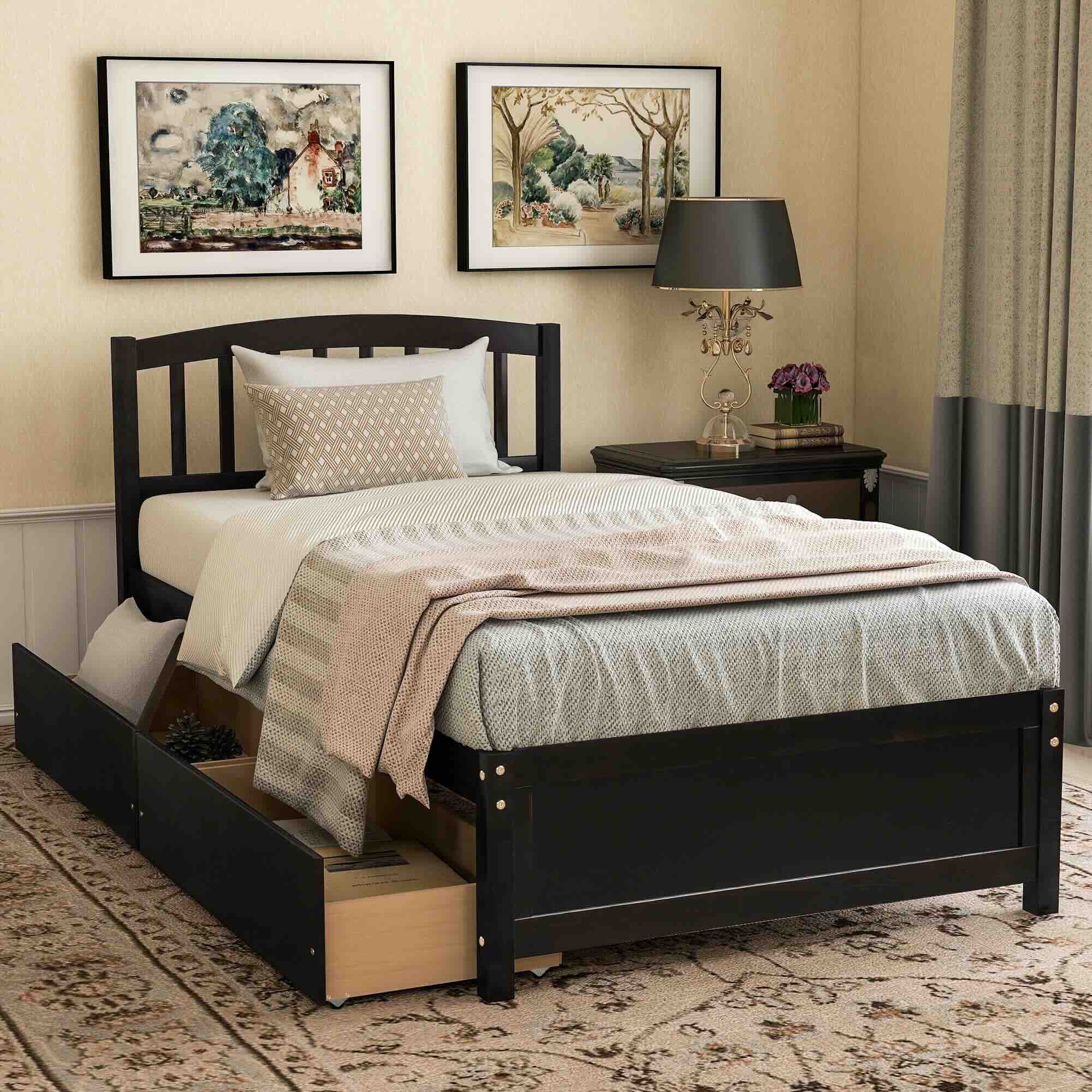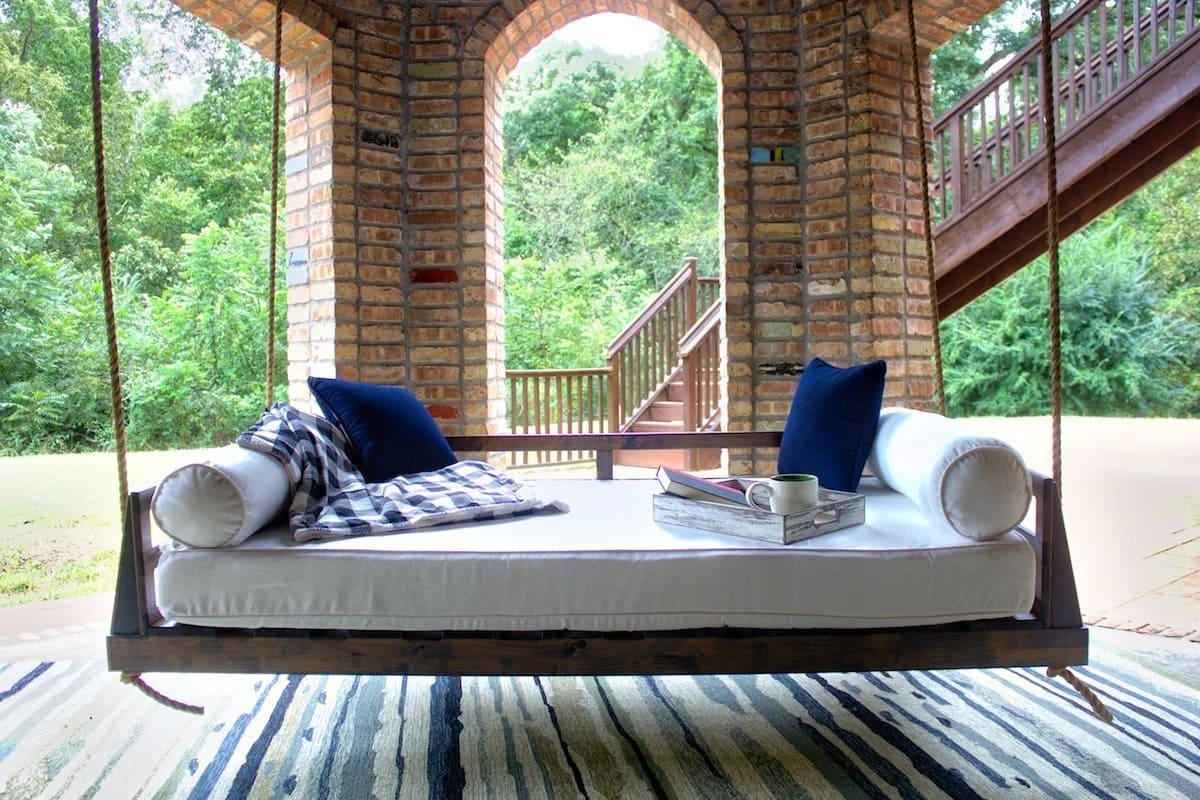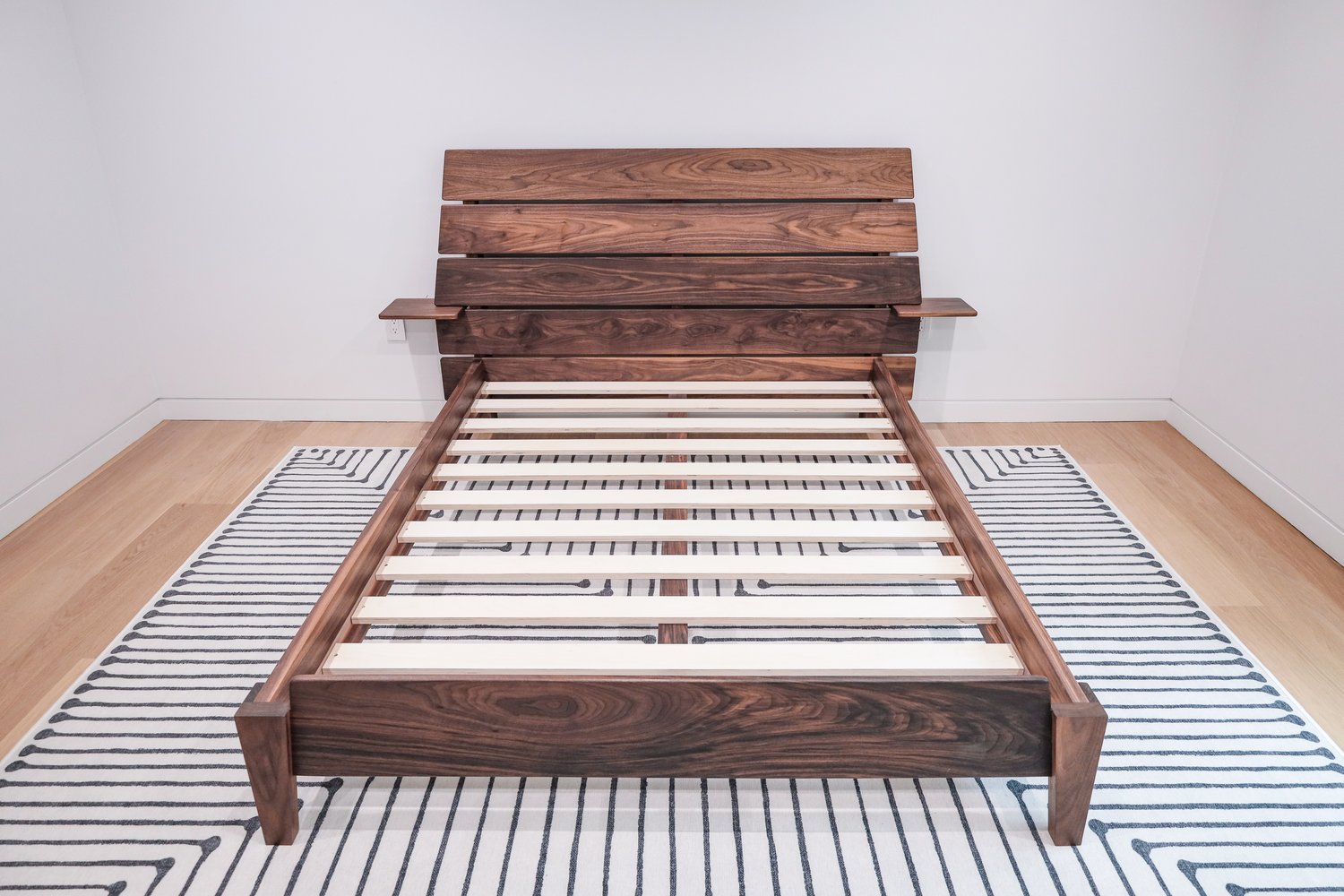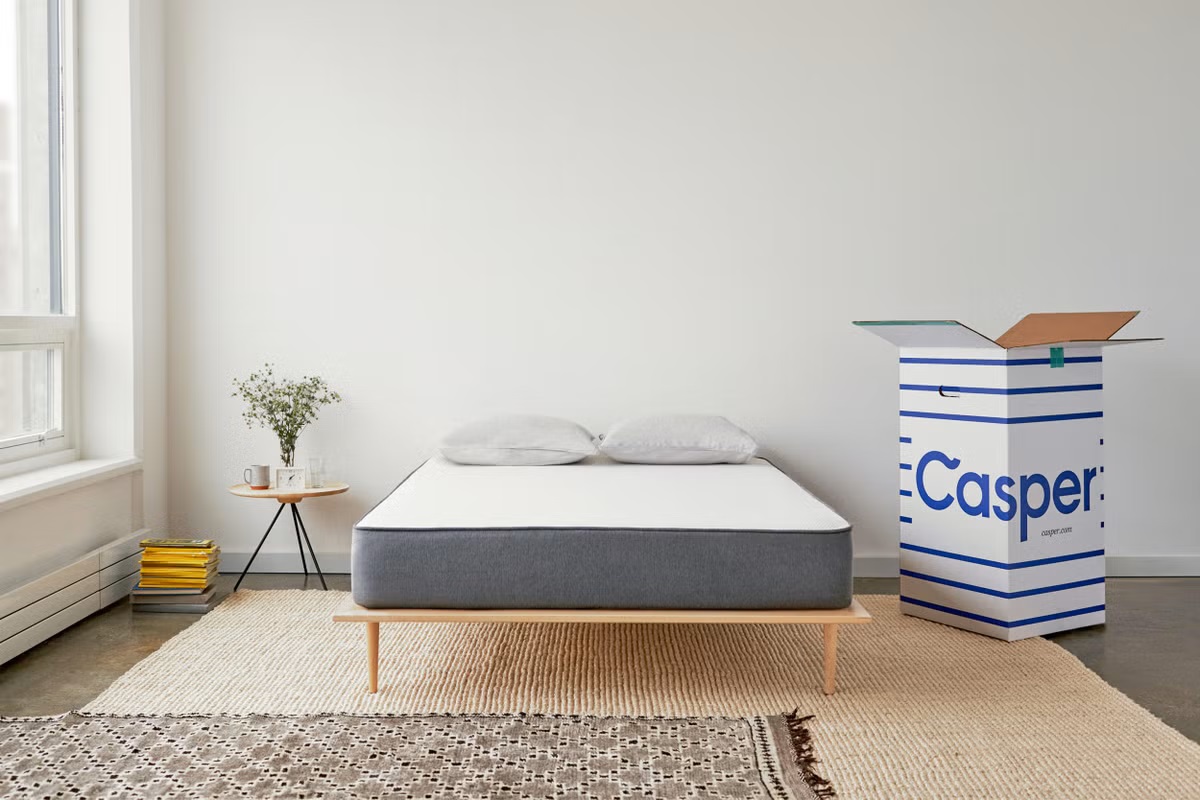Home>Furniture>Bedroom Furniture>What Is A Bed Cover
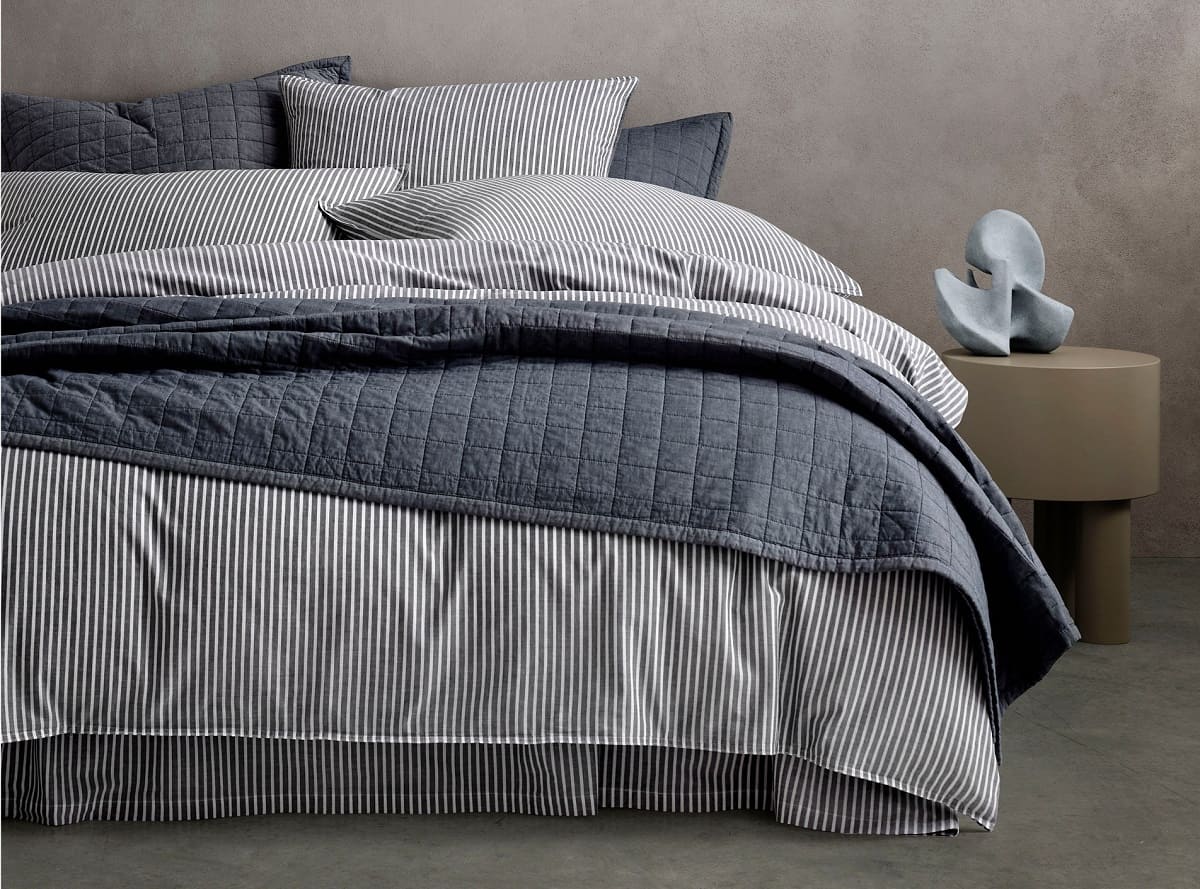

Bedroom Furniture
What Is A Bed Cover
Modified: January 19, 2024
Discover the benefits of using a stylish and functional bed cover for your bedroom furniture. Protect your investment and enhance the décor with our wide range of bed covers.
(Many of the links in this article redirect to a specific reviewed product. Your purchase of these products through affiliate links helps to generate commission for Storables.com, at no extra cost. Learn more)
Introduction
When it comes to creating a cozy and inviting bedroom, one of the key elements that cannot be overlooked is the bed cover. A bed cover is an essential piece of bedroom furniture that not only adds style and personality to the space but also serves practical purposes. Whether you prefer a quilt, duvet, comforter, bedspread, blanket, or throw, a bed cover not only adds an extra layer of warmth but also enhances the overall aesthetics of your bed.
In this article, we will delve into the world of bed covers, exploring their various types, purposes, and the benefits they bring to your bedroom. We will also provide you with some useful tips on how to choose the right bed cover for your needs and how to care for it properly. So, if you are ready to dive into the realm of bedroom comfort and style, let’s get started!
Key Takeaways:
- Bed covers are more than just decorative; they offer protection, warmth, and style. Choose the right one to elevate your bedroom’s aesthetics and create a cozy haven for relaxation.
- By selecting a suitable bed cover and caring for it properly, you can enjoy its longevity and continued beauty. Express your personal style and create a comfortable and inviting bedroom space.
Read more: What Is A Duvet Bed Cover
Definition of a Bed Cover
A bed cover is a decorative and functional piece of fabric that is placed on top of a bed for both aesthetic and practical purposes. It is designed to cover the entire bed, including the mattress, and adds an extra layer of comfort and style. Bed covers come in a variety of sizes, designs, and materials to suit different preferences and needs.
Bed covers can be made from a range of materials, such as cotton, polyester, silk, or a blend of fabrics. They can also feature various patterns, colors, and textures to match different bedroom decor styles. Additionally, bed covers can be quilted, woven, embroidered, or adorned with decorative elements like tassels or fringes, adding a touch of elegance and sophistication to your bed.
While bed covers primarily serve as a means of protecting the bed and providing warmth, they also play a significant role in enhancing the overall aesthetic appeal of the bedroom. They can instantly transform a plain and drab bed into a visually appealing centerpiece. Moreover, bed covers can be easily changed or replaced, allowing you to update the look and feel of your bedroom without the need for major renovations or extensive expense.
It’s important to note that bed covers are different from bed sheets. Bed sheets are used to cover the mattress directly and serve as a barrier between the sleeper and the mattress, while bed covers are placed on top of the bed sheets to add an extra layer of comfort and style.
Now that we have defined what a bed cover is, let’s explore the various types of bed covers that are available in the market today.
Types of Bed Covers
When it comes to choosing a bed cover, there are several options to consider. Each type offers its own unique features, materials, and styles. Let’s take a closer look at some of the most popular types of bed covers:
- Quilt: Quilts are traditionally made by stitching together multiple layers of fabric, typically with a soft filling in between. They are known for their intricate stitching patterns and can feature a variety of colors and designs. Quilts are often made from cotton or polyester, making them lightweight and comfortable.
- Duvet: A duvet is a soft, flat bag filled with feathers, down, or synthetic fibers. It is typically used with a removable cover, known as a duvet cover, which adds style and protection. Duvets provide excellent insulation and are perfect for keeping warm during cold nights. They are versatile, allowing you to easily change the cover to match your bedroom decor.
- Comforter: Comforters are similar to duvets in terms of construction, but they are typically filled with synthetic materials such as polyester. They come in various thicknesses and can be used on their own without the need for an additional cover. Comforters are available in a wide range of colors and patterns, making them a popular choice for adding a pop of style to your bed.
- Bedspread: Bedspreads are large, decorative covers that drape over the entire bed, reaching the floor. They are usually lightweight and made from materials like cotton or polyester. Bedspreads come in a variety of designs, from simple and minimalistic to bold and intricate, and can instantly elevate the look of your bed.
- Blanket: A blanket is a simple, single-layered bed cover that is designed to provide warmth. It is often made from materials such as fleece, wool, or cotton. Blankets are lightweight, easily washable, and come in various sizes, colors, and patterns. They are perfect for adding an extra layer of coziness to your bedding.
- Throw: Throws are smaller-sized bed covers, usually used as decorative accents. They are versatile and can be draped across the foot of the bed or folded neatly over a chair. Throws come in a wide range of materials, including wool, acrylic, and cotton, and can add a touch of texture and style to your bedroom decor.
Each of these bed cover types has its own unique characteristics and benefits. Consider your personal preferences, climate, and desired aesthetics when choosing the perfect bed cover for your bedroom.
Purpose of Bed Covers
Bed covers serve both functional and aesthetic purposes, making them an essential element of any well-designed bedroom. Let’s explore some of the primary purposes of bed covers:
Protection: One of the main functions of a bed cover is to protect the bed from wear and tear. It acts as a barrier between the sleeper and the mattress, preventing stains, spills, dirt, and dust from reaching the bed surface. Bed covers can also help extend the lifespan of your mattress by reducing direct contact with oils and body fluids.
Warmth and Comfort: Bed covers provide an additional layer of warmth and insulation, keeping you cozy and comfortable while you sleep. Depending on the material and filling, bed covers like quilts, duvets, and comforters can offer varying degrees of insulation to suit different climates and personal preferences.
Style and Decor: Bed covers are a fantastic way to add style, personality, and a focal point to your bedroom. With the wide variety of colors, patterns, and textures available, you can choose a bed cover that complements your existing decor or makes a bold statement. Bed covers can instantly transform the look and feel of your bed, creating a visually appealing and inviting atmosphere.
Versatility: Bed covers are versatile and offer flexibility in terms of styling and seasonal changes. You can easily switch out bed covers to match the changing seasons or update the look of your bedroom without the need for major renovations. This allows you to refresh your space and experiment with different colors and patterns, giving your bedroom a new and exciting vibe whenever you desire.
Personal Comfort and Expression: Your bed is a personal sanctuary, and bed covers allow you to express your individual style and preferences. Whether you prefer the crisp and clean look of a white duvet or the cozy charm of a patchwork quilt, your choice of bed cover can reflect your personality and create a space that feels uniquely yours.
By serving these purposes, bed covers enhance the functionality and aesthetics of your bed, making it a comfortable and inviting place to rest and recharge each day.
A bed cover is a decorative and protective layer that goes over the top of a bed. It can include items such as comforters, duvets, quilts, and bedspreads. When choosing a bed cover, consider the size, material, and design to complement your bedroom decor.
Benefits of Using Bed Covers
Using bed covers brings various benefits to both the appearance of your bedroom and your overall sleeping experience. Let’s explore some of the key advantages of incorporating bed covers into your bedding setup:
Enhanced Aesthetics: Bed covers are an easy and effective way to upgrade the visual appeal of your bedroom. With their wide range of designs, colors, patterns, and textures, you can instantly transform the look and feel of your bed. Bed covers act as a focal point, adding a touch of style, personality, and sophistication to your bedroom decor.
Protection for Your Bedding: Bed covers serve as a protective layer for your bedding. They act as a barrier between your body and the mattress, preventing dirt, sweat, allergens, and stains from reaching the mattress surface. By keeping your bedding clean, bed covers help improve the overall hygiene and longevity of your mattress, comforter, and pillows.
Extra Comfort and Warmth: Bed covers like quilts, duvets, and comforters provide an additional layer of comfort and warmth to your bedding. They offer insulation and help regulate body temperature, keeping you comfortably cozy in colder months. In warmer seasons, lightweight bed covers can be used to add a touch of comfort without overheating.
Versatility and Style Flexibility: Bed covers can effortlessly transform the look and style of your bedroom. With the ability to easily switch out bed covers, you can experiment with different colors, patterns, and textures to create a fresh and updated appearance. This versatility allows you to adapt your bedding to seasonal changes or to suit your evolving personal taste.
Easy Maintenance: Bed covers are typically easy to care for and maintain. Most can be machine washed and dried, making them convenient to clean and keep fresh. Regular washing helps eliminate dust, allergens, and odors, keeping your bedding clean and hygienic.
Personal Expression: Your choice of bed cover provides an opportunity to express your personal style and preference. Whether you opt for a bold and vibrant design or a subtle and minimalistic look, bed covers allow you to showcase your unique taste and create a bedroom environment that reflects your personality.
By utilizing bed covers, you not only enhance the appearance of your bedroom but also protect your bedding, promote comfort, and infuse your personal touch into your sleeping space.
Read more: How To Cover A Raised Garden Bed
Factors to Consider When Choosing a Bed Cover
Choosing the right bed cover for your bedroom involves considering several important factors. By taking these factors into account, you can ensure that your bed cover not only adds style to your bed but also meets your practical needs. Here are some key factors to consider when selecting a bed cover:
- Size: Start by determining the size of your bed cover. Consider the dimensions of your mattress and any additional bedding layers, such as mattress toppers or featherbeds. Ensure that the bed cover you choose is large enough to fully cover your mattress and provide an aesthetically pleasing drop on the sides.
- Material: Consider the material of the bed cover in terms of both comfort and maintenance. Popular materials for bed covers include cotton, linen, polyester, silk, and blends. Each material has its own unique characteristics, such as breathability, durability, and softness. Choose a material that suits your preferences for comfort and care.
- Style and Design: Think about the desired style and design of your bed cover. Consider the overall aesthetic of your bedroom and choose a bed cover that complements or enhances it. Look for patterns, colors, and textures that align with your personal taste. Whether you prefer a classic, modern, or bohemian look, there is a wide range of styles available to suit your preferences.
- Seasonal Considerations: Consider the climate in which you live and the changing seasons. In warmer climates or summer months, you may prefer lightweight bed covers, while colder climates or winter months may call for thicker, warmer options. Opt for bed covers that provide the right level of insulation and comfort for the different seasons.
- Care and Maintenance: Evaluate the care instructions for the bed cover. Determine whether it can be easily machine washed and dried or if it requires special care, such as dry cleaning. Consider your lifestyle and the level of maintenance you are willing to commit to when choosing a bed cover.
- Budget: Set a budget for your bed cover purchase. Bed covers come in a wide price range, depending on factors such as material, brand, and design. Determine how much you are willing to spend, keeping in mind that higher-quality bed covers tend to be more durable and offer better long-term value.
By considering these factors, you can make an informed decision and choose a bed cover that fits your bed perfectly, aligns with your style preferences, and satisfies your practical needs for care and maintenance. Remember to prioritize your comfort and personal taste to create a cozy and stylish bedroom oasis.
Tips for Selecting and Caring for Bed Covers
Choosing the right bed cover is important for both style and functionality. Additionally, proper care and maintenance will help extend the lifespan of your bed cover and keep it looking fresh. Here are some useful tips to consider when selecting and caring for your bed cover:
- Consider the Purpose: Determine the primary purpose of your bed cover. Do you need it for warmth, protection, or purely aesthetic reasons? Understanding your specific needs will help you choose the most suitable type of bed cover.
- Check the Size: Ensure that the bed cover you choose is the correct size for your bed. Measure your mattress and consider any additional layers or pillows you plan to cover. A properly fitted bed cover will look more aesthetically pleasing and stay in place better.
- Understand the Material: Review the material options available for the bed cover. Consider factors such as breathability, durability, and ease of maintenance. Choose a material that suits your preferences for comfort and care.
- Match Your Style: Select a bed cover that complements the overall style and decor of your bedroom. Consider color, pattern, and texture to ensure a cohesive look. Additionally, choose a bed cover that aligns with your personal taste and brings you joy.
- Read Care Instructions: Pay attention to the care instructions provided with the bed cover. Some materials may require special care, such as dry cleaning or gentle machine washing. Following the recommended care instructions will help maintain the appearance and quality of your bed cover.
- Wash Regularly: Regularly wash your bed cover to maintain cleanliness and freshness. Check the label for specific washing instructions and use a mild detergent. Select the appropriate water temperature and drying method to avoid damaging the material.
- Rotate and Air Out: Occasionally rotate and air out your bed cover to prevent moisture buildup and maintain its freshness. This can be done by simply folding it back during the day or periodically switching between different bed covers.
- Protect from Stains and Spills: Use additional layers, such as a mattress protector or top sheet, to protect your bed cover from direct contact with spills, stains, and body oils. This will make cleaning easier and prolong the life of your bed cover.
- Store Properly: When not in use, store your bed cover in a clean, dry place. Avoid exposure to direct sunlight or excessive heat, as this can cause fading or damage to the fabric. Consider using a storage bag or box to protect the bed cover from dust and pests.
- Inspect for Damage: Regularly inspect your bed cover for any signs of damage, including loose stitching, tears, or fraying. Address any issues promptly to prevent further damage and preserve the integrity of the bed cover.
By following these tips, you can select a suitable bed cover that matches your style and care for it properly to ensure its longevity and continued beauty. Enjoy the cozy comfort and stylish appeal that a well-chosen and well-maintained bed cover brings to your bedroom.
Conclusion
In summary, bed covers are more than just decorative additions to your bedroom; they serve essential purposes in terms of protection, comfort, and style. Whether you opt for a quilt, duvet, comforter, bedspread, blanket, or throw, choosing the right bed cover can elevate the overall aesthetics of your bed and create a cozy haven for rest and relaxation.
By considering factors such as size, material, style, and care instructions, you can select a bed cover that suits your personal preferences and meets your practical needs. Bed covers not only enhance the appearance of your bed but also protect it from dirt, stains, and wear and tear. They provide a layer of warmth and insulation, ensuring your comfort throughout the year.
Additionally, bed covers allow you to express your personal style and add a touch of personality to your bedroom. With their wide range of colors, patterns, and textures, you can easily update the look of your bed to match your evolving taste or the changing seasons. Bed covers offer versatility and flexibility, allowing you to create a space that is uniquely yours.
To keep your bed cover in excellent condition, follow the provided care instructions and regularly wash and maintain it. By protecting it from stains, storing it properly, and inspecting for any damage, you can ensure its longevity and continue to enjoy its beauty and functionality for years to come.
So, whether you’re looking to add a pop of color, create a cozy retreat, or protect your bed from daily wear, a bed cover is an indispensable addition to your bedroom. Choose wisely, care for it diligently, and let your bed cover be a reflection of your personal style and a source of comfort in your everyday life.
Frequently Asked Questions about What Is A Bed Cover
Was this page helpful?
At Storables.com, we guarantee accurate and reliable information. Our content, validated by Expert Board Contributors, is crafted following stringent Editorial Policies. We're committed to providing you with well-researched, expert-backed insights for all your informational needs.
